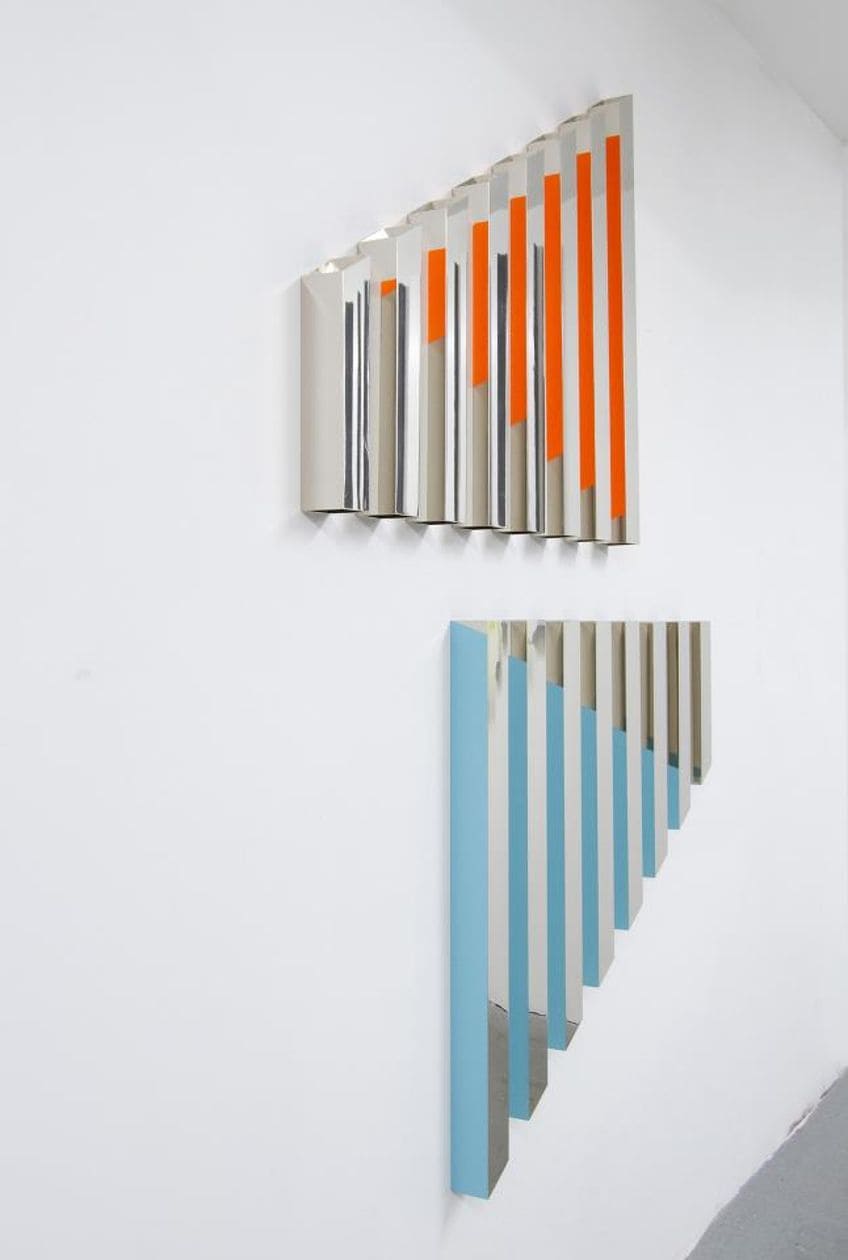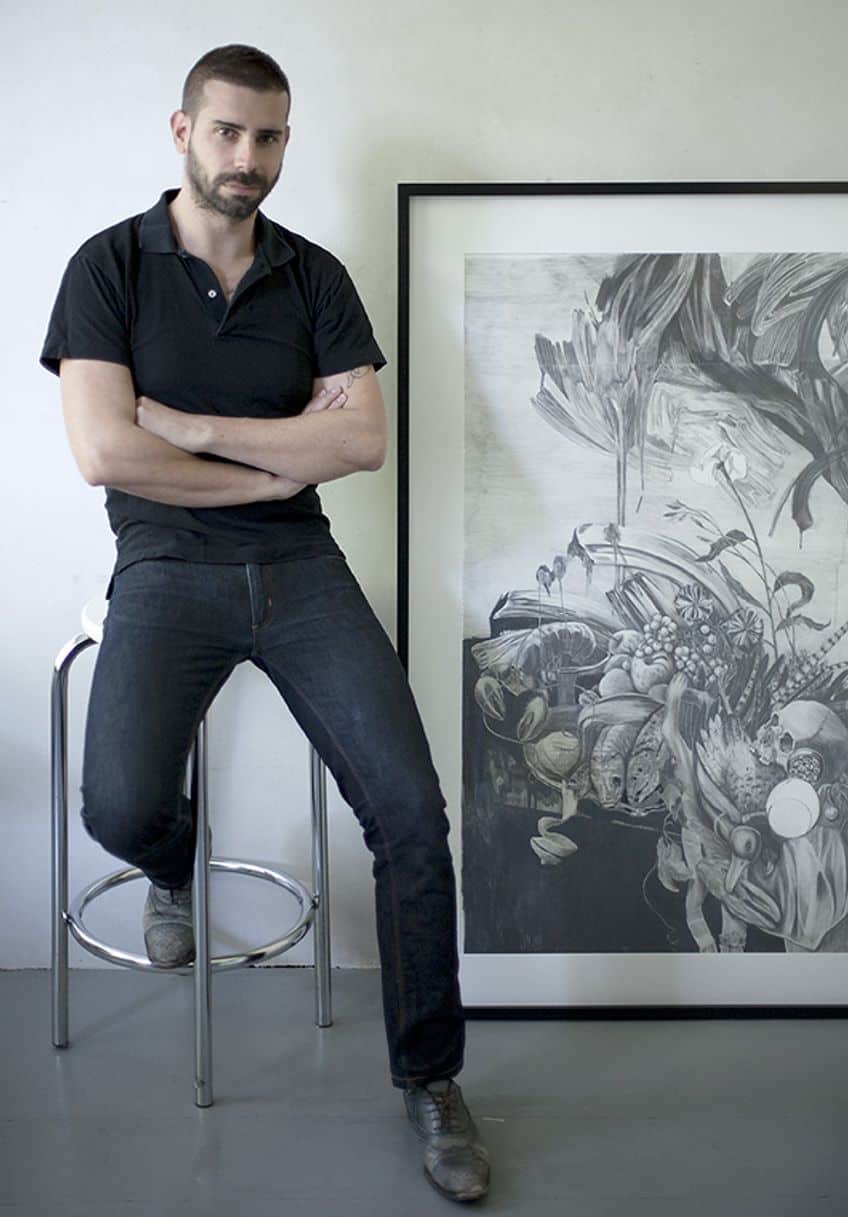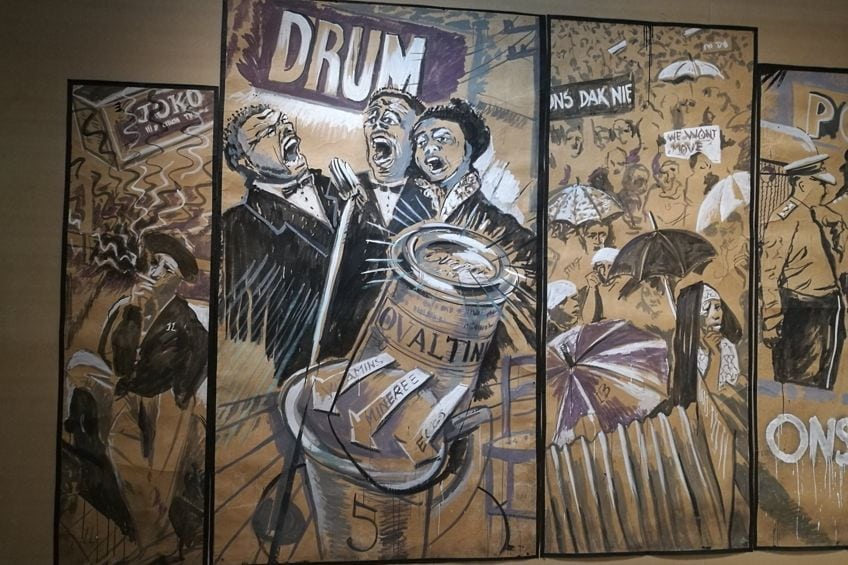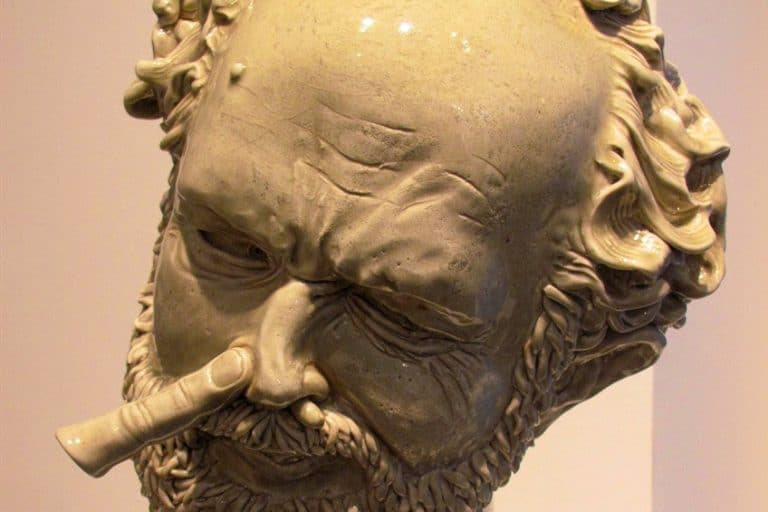Contemporary Drawing Artists – A Complete Inventory
Contemporary drawing artists are redefining the boundaries of this timeless medium, merging traditional techniques with innovative approaches to create compelling visual narratives. Embracing a diverse array of materials and styles, these artists explore themes ranging from personal identity and social commentary to abstract expression and the human condition. Through their work, contemporary drawing artists not only preserve the essence of drawing but also push it into exciting new realms of artistic expression.
Key Takeaways
- Contemporary drawing is a versatile and evolving medium.
- Artists like Cindy Sherman and Yayoi Kusama significantly influence contemporary drawing.
- The art world embraces contemporary drawing for its narrative power.
Evolution of Contemporary Drawing
Drawing has always been a fundamental form of artistic expression, and its contemporary forms have evolved to capture the complexities of modern life. Contemporary artists utilize drawing as a dynamic medium to explore personal, political, and social themes. The appeal of contemporary drawing lies in its versatility and the ability of artists to transcend traditional boundaries.

From abstract representations to intricate portraits, contemporary drawing artists find innovative ways to engage viewers and provoke thought. Technological advancements and new materials have further expanded their creative horizons. Notable contemporary artists such as Cindy Sherman and Yayoi Kusama incorporate drawing in their multifaceted practices, influencing the art world significantly.
The global art scene has increasingly embraced contemporary drawing, recognizing its potential to convey profound narratives. Drawing continues to be a powerful tool for artists to express their unique perspectives and push the limits of artistic innovation.
Influence of Historical Art Movements
Contemporary drawing has deep roots in historical art movements that have shaped its practices and aesthetics. For instance, Cubism, pioneered by Picasso and Braque, introduced fragmented forms and multiple perspectives that have influenced many modern artists. Similarly, the avant-garde approach of modern art movements like Abstract Expressionism—manifested in the works of artists like Francis Bacon—has encouraged artists to explore abstraction in their drawings.

Additionally, movements such as Pop art, known for its bold imagery and techniques, have led to the incorporation of everyday objects and media into contemporary drawings. The influence of classical artists like Michelangelo and Rembrandt also persists, particularly regarding anatomical precision and fine-line work.
Modern Art to Contemporary Drawing
The transition from modern art to contemporary drawing saw a shift from traditional techniques and themes to more experimental and varied forms. During the modern art period, artists like Henri Matisse emphasized the purity of lines and forms, which has carried forward into contemporary practices. Today’s artists often blend these time-honored methods with new technologies and materials. Digital media and code-generated art have become vital in contemporary drawing, enabling creations that were previously impossible. The interplays of color, line, and dimension—evident in abstract paintings—are now explored through new lenses, often influenced by cutting-edge tools and platforms.
This relationship continues to expand, driving evolution in both style and form in the realm of contemporary drawing.
Themes and Expression in Contemporary Drawing
Contemporary drawing artists often explore deep and personal themes such as identity, nature, and social issues. These themes are expressed through various forms and styles, reflecting the diversity and complexity of modern life and expression.

Identity and the Self
Identity and the self are central themes in contemporary drawing. Artists explore personal and collective identity, delving into elements like emotion, femininity, and trauma. An artist like Tracey Emin channels her experiences and emotions, using drawing as a medium to express vulnerability and femininity. Similarly, Kara Walker’s works delve into historical and racial identity, often challenging societal norms and exploring power dynamics.
Through these explorations, contemporary drawing becomes a tool for both personal expression and broader social commentary.
Nature and Environment
Nature and the environment offer a rich source of inspiration for contemporary draughtsmen. Themes range from the beauty of flowers to the vastness of landscapes, encompassing both idyllic and critical perspectives on the environment. Artists like Gerhard Richter often capture the timeless beauty and complexity of nature, creating stunning landscapes that invite reflection. Others, like Yayoi Kusama, incorporate fantastical elements and dream-like qualities to express their vision of nature. These artworks connect the viewer with the natural world, prompting reflection on the relationship between humanity and the environment.

Social Commentary and Protest
Social commentary and protest are prevalent themes in contemporary drawing. Artists often use their work to critique societal issues, from political power to social injustice. Banksy, known for his provocative style, uses drawing and stencil techniques to comment on topics like war, consumerism, and corruption. Marina Abramović, through her performance art and drawings, confronts issues of power, loss, and trauma. The drawings serve not just as art but as statements, encouraging viewers to reflect on and challenge the status quo.
This makes contemporary drawing a powerful medium for social change and awareness.
Famous Contemporary Drawing Artists to Know
This section highlights notable contemporary drawing artists whose works have significantly impacted the modern art scene. Each artist showcases unique styles and contributions to the art world, making them essential to knowing for any art enthusiast.

William Kentridge
William Kentridge, a South African artist, is renowned for his animated films made from charcoal drawings. His work often explores themes of time, memory, and history. Significant series include Drawings for Projection, which addresses social and political issues in South Africa. Kentridge uses a unique technique by drawing, erasing, and re-drawing on a single sheet, creating a sense of motion and change.
His exhibitions are well-regarded, and his art is featured in major museums worldwide.

Matt Mullican
Matt Mullican creates intricate drawings that delve into the relationship between perception and reality. Utilizing symbols and diagrams, his art explores human consciousness and the borders of subjective experience. He is known for his Five Worlds concept, where he categorizes reality into five different levels, from the physical world to the subjective.
His bold use of graphical elements and rich visuals make his work identifiable and thought-provoking.

Jorinde Voigt
Jorinde Voigt’s abstract works blend drawing and concept art. She often incorporates elements like music, philosophy, and natural sciences, creating visually engaging and thought-stimulating pieces. Voigt’s works are noted for their dynamic lines and forms, bringing to life intricate patterns and rhythms.
Her series, Views on Views and Piece for Words and Views, illustrate complex structures of thought and perception, making her a pioneer of contemporary abstraction.

Vija Celmins
Vija Celmins, originally from Latvia, is well-regarded for her hyper-realistic drawings of natural scenes such as ocean waves, star fields, and spider webs. Her meticulous attention to detail and use of graphite and charcoal create works that are astonishingly life-like. Focusing on repetitive, meticulous execution, Celmins’s art evokes a sense of timelessness and tranquility.
Her works are exhibited in prominent museums like MoMA and the Tate, cementing her status in contemporary drawing.

Marc Bauer
Swiss artist Marc Bauer is known for his narrative-driven drawings which often incorporate historical and personal themes. Using techniques that range from delicate lines to bold, expressive strokes, Bauer’s art often reflects on collective memory and identity. His projects, such as The Blow-Up Regime, critically examine social and political issues, often through portrayals of photographs or cinematic stills.
Bauer’s evocative use of black-and-white contrasts and layered compositions make his works stand out in contemporary art discussions.

The Art World’s Embrace of Drawing
Drawing has gained significant recognition in the contemporary art world. Key areas where this is most evident are in galleries and exhibitions, as well as its growing status as a collectible art form. Galleries globally have increasingly showcased contemporary drawing as a significant art medium. Institutions like the British Museum and top galleries regularly feature drawing-focused exhibitions. These shows highlight both emerging and established artists whose works stress the versatility and impact of drawing.
Installations often include interactive and performance elements, expanding the traditional boundaries of drawing. Events and exhibitions dedicated solely to contemporary drawing are no longer rare, underscoring the medium’s growing appeal and importance.
Drawing as a Collectible Art Form
The market for collectible drawings has seen substantial growth, paralleling the heightened interest from collectors and investors. Drawings by contemporary artists fetch high prices at auctions and private sales, affirming their value. The rise of galleries specializing in drawings has further solidified its status. Collectors are drawn to the immediacy and intimacy of drawing. Museums also contribute to this trend, acquiring significant drawing collections, which in turn elevates public appreciation and recognition for the medium.

Contemporary drawing artists are vital contributors to the evolving landscape of modern art, skillfully intertwining tradition and innovation to express complex narratives and profound themes. Their works challenge viewers to reconsider preconceived notions and engage with diverse perspectives, highlighting the enduring power of drawing as a dynamic and versatile art form. As they continue to push the boundaries of technique and subject matter, these artists ensure that drawing remains a vibrant, relevant, and ever-evolving medium in the contemporary art world. Their contributions not only enrich the art community but also inspire future generations to explore the limitless possibilities within the realm of drawing.
Frequently Asked Questions
Who Are Some Prominent Figures in Contemporary Drawing?
Kara Walker stands out with her thought-provoking silhouettes that tackle historical themes. Raymond Pettibon is known for his comic-style illustrations. Julie Mehretu integrates complex architectural elements into her intricate drawings.
How Has the Technique of Pencil Drawing Evolved With Contemporary Artists?
Contemporary artists use mixed media, combining pencils with digital tools. Layering techniques and non-traditional surfaces have expanded possibilities. Emphasis on texture and contrast has grown, bringing a new dimension to pencil drawings.
What Are Some Characteristic Features of Contemporary Art Drawing?
Abstract expressions and detailed realism are both prevalent. Use of unconventional materials and mixed media plays a significant role. Themes often reflect current societal issues. There is also an increased interplay of digital and traditional elements.
How Do Contemporary Artists Integrate Modern Themes into Their Drawings?
Contemporary drawings often address political, social, and environmental themes. Artists like Barbara Walker use their work to discuss race and identity. Incorporating text, multimedia elements, and references to current events helps bridge traditional techniques with modern commentary.
Isabella studied at the University of Cape Town in South Africa and graduated with a Bachelor of Arts majoring in English Literature & Language and Psychology. Throughout her undergraduate years, she took Art History as an additional subject and absolutely loved it. Building on from her art history knowledge that began in high school, art has always been a particular area of fascination for her. From learning about artworks previously unknown to her, or sharpening her existing understanding of specific works, the ability to continue learning within this interesting sphere excites her greatly.
Her focal points of interest in art history encompass profiling specific artists and art movements, as it is these areas where she is able to really dig deep into the rich narrative of the art world. Additionally, she particularly enjoys exploring the different artistic styles of the 20th century, as well as the important impact that female artists have had on the development of art history.
Learn more about Isabella Meyer and the Art in Context Team.
Cite this Article
Isabella, Meyer, “Contemporary Drawing Artists – A Complete Inventory.” Art in Context. August 19, 2024. URL: https://artincontext.org/contemporary-drawing-artists/
Meyer, I. (2024, 19 August). Contemporary Drawing Artists – A Complete Inventory. Art in Context. https://artincontext.org/contemporary-drawing-artists/
Meyer, Isabella. “Contemporary Drawing Artists – A Complete Inventory.” Art in Context, August 19, 2024. https://artincontext.org/contemporary-drawing-artists/.











